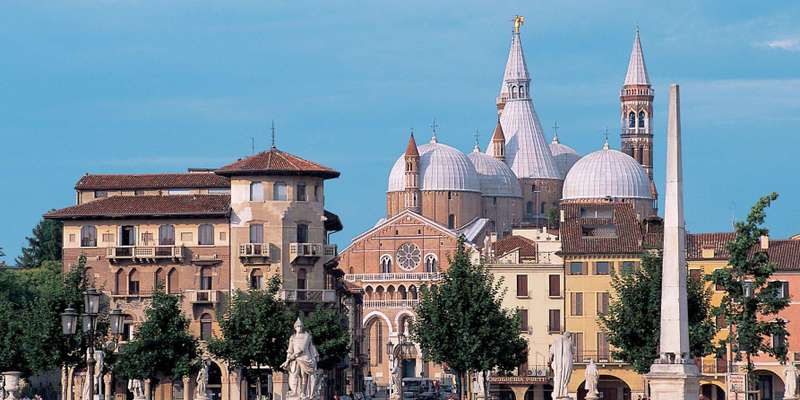- Home
- Useful Tips
- Padua's most atmospheric...
Most visitors to Padua flock to the Scrovegni Chapel, missing the city's lesser-known medieval churches that offer equally stunning art without the crowds. Over 70% of travelers report frustration with overcrowded sites, yet few realize Padua holds quiet alternatives just steps away. These hidden sanctuaries preserve breathtaking frescoes, intimate atmospheres, and untold stories – if you know where to look. The challenge lies in identifying which off-radar churches deliver authentic experiences versus those that disappoint, especially when limited time and unreliable online reviews leave you guessing. This guide reveals local-approved gems where you can truly connect with Padua's spiritual heritage.


Escaping the crowds at Santa Sofia's leaning bell tower
While tourists queue at the Scrovegni Chapel, Santa Sofia quietly guards Padua's oldest religious site with a remarkable 10th-century leaning tower. The church's mismatched columns and ancient crypt create a palpable sense of history, yet most visitors walk right past its unassuming facade. Local art historians consider its Byzantine-influenced fresco fragments superior to more famous works elsewhere. Arrive before 10am when soft light filters through the narrow windows, illuminating the worn stone floors without tour groups disturbing the peace. The adjacent orchard, once part of the monastery, offers a rare green space for reflection in the city center.
San Michele's forgotten angel fresco cycle
Tucked behind Piazza delle Erbe, San Michele Arcangelo contains one of Padua's most complete medieval fresco cycles that even many locals haven't seen. The 13th-century angels spanning the nave walls showcase Padua's unique transition from Romanesque to Gothic style. Unlike crowded major sites, you can study the delicate gold leaf details at your own pace. Conservationists recently restored the crypt's 'Last Judgment' scene, revealing previously hidden demon figures in the lower register. Visit weekdays after lunch when the church reopens at 3pm – the caretaker often shares stories about the building's survival through earthquakes and wars if you show genuine interest.
The Eremitani complex beyond Mantegna's masterpiece
Most guidebooks mention the Eremitani Church only for its Mantegna frescoes, but the entire Augustinian monastery complex rewards exploration. The cloister's medieval herb garden still follows 14th-century planting patterns, while the Chapter House contains underrated frescoes of Saint Augustine's life. Few realize the adjacent Scoletta del Santo offers free access to remarkable terracotta statues overlooked by those rushing to the main chapel. Time your visit for Tuesday or Thursday mornings when volunteer custodians open the rarely seen upper choir with its original wooden stalls. The complex's peaceful atmosphere makes it ideal for travelers needing respite from Padua's bustling center.
Ovetari Chapel secrets and sustainable visits
Though damaged in WWII, the Ovetari Chapel in the Eremitani Church holds fascinating fragments of Mantegna's early work and a reconstruction story few hear. Local art students lead informal discussions here on Fridays about conservation techniques, offering deeper understanding than audio guides. Sustainable travel tip: The diocese's 'Adopt a Fresco' program lets visitors contribute directly to preservation rather than buying generic souvenirs. Nearby, the tiny San Nicolò chapel often gets overlooked despite its perfect acoustics – arrive at noon to hear the resident choir practice medieval plainchant floating through the ancient arches.



